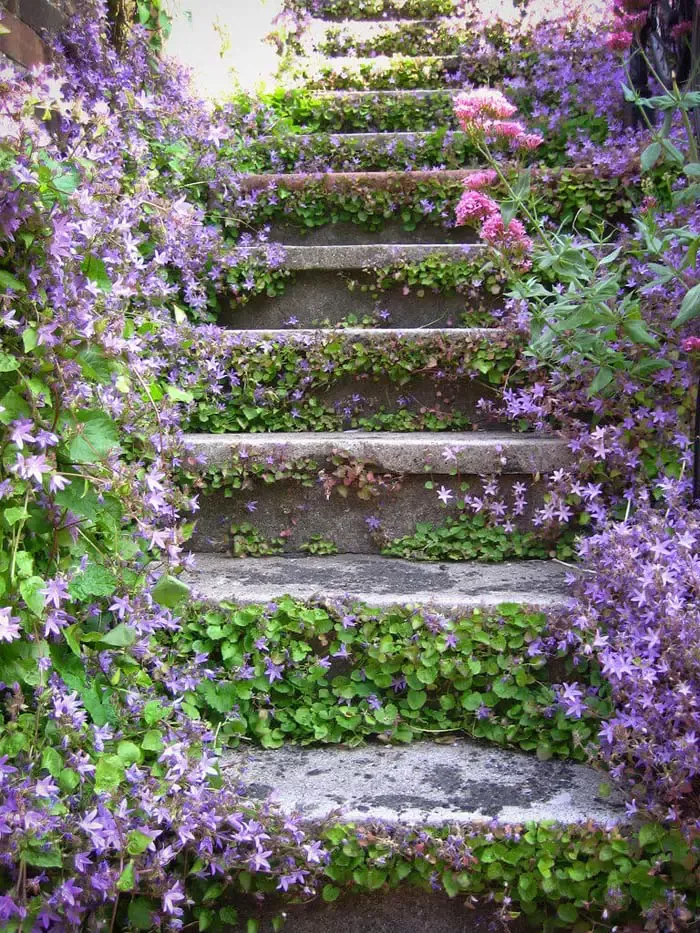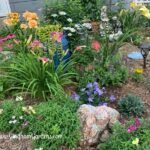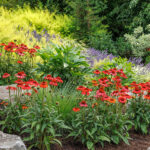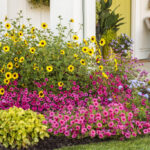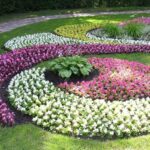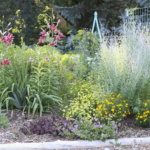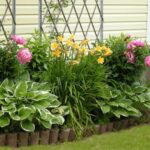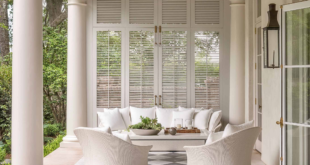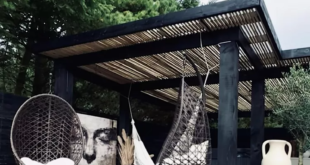Flower gardens are a wonderful addition to any outdoor space, providing beauty, fragrance, and a sense of tranquility. When designing a flower garden, there are several key factors to consider in order to create a stunning and cohesive look.
First and foremost, it is important to consider the location of the flower garden. Take note of the amount of sunlight the area receives throughout the day, as well as the soil type and drainage. Different flowers have different requirements when it comes to sunlight and soil conditions, so be sure to choose plants that will thrive in your specific location.
Next, think about the overall layout and design of the flower garden. Consider the size and shape of the space, as well as any existing features such as trees, fences, or pathways. Decide on a color scheme or theme for the garden to help guide your plant selections. For a more structured look, consider using geometric patterns or symmetrical plantings. Alternatively, if you prefer a more relaxed and informal feel, opt for a more natural, flowing design.
When choosing plants for your flower garden, be sure to select a mix of annuals and perennials to ensure year-round color and interest. Annuals are plants that need to be replanted each year, while perennials will come back year after year. Consider the height, shape, and bloom time of each plant to create a balanced and visually appealing garden. Mix in some foliage plants or grasses for added texture and depth.
To add visual interest and dimension to your flower garden, consider incorporating elements such as garden ornaments, trellises, or decorative planters. These additions can help to break up the space and create focal points within the garden. Consider using pathways or stepping stones to create flow and guide visitors through the garden.
Finally, don’t forget to consider maintenance when designing your flower garden. Be sure to choose plants that are appropriate for your level of gardening experience and the amount of time you have to dedicate to caring for the garden. Consider grouping together plants with similar watering and maintenance requirements to make upkeep easier. Regularly deadhead spent blooms, prune overgrown plants, and mulch the soil to keep your flower garden looking its best. With a thoughtful design and careful planning, you can create a beautiful and vibrant flower garden that will bring joy and beauty to your outdoor space.
